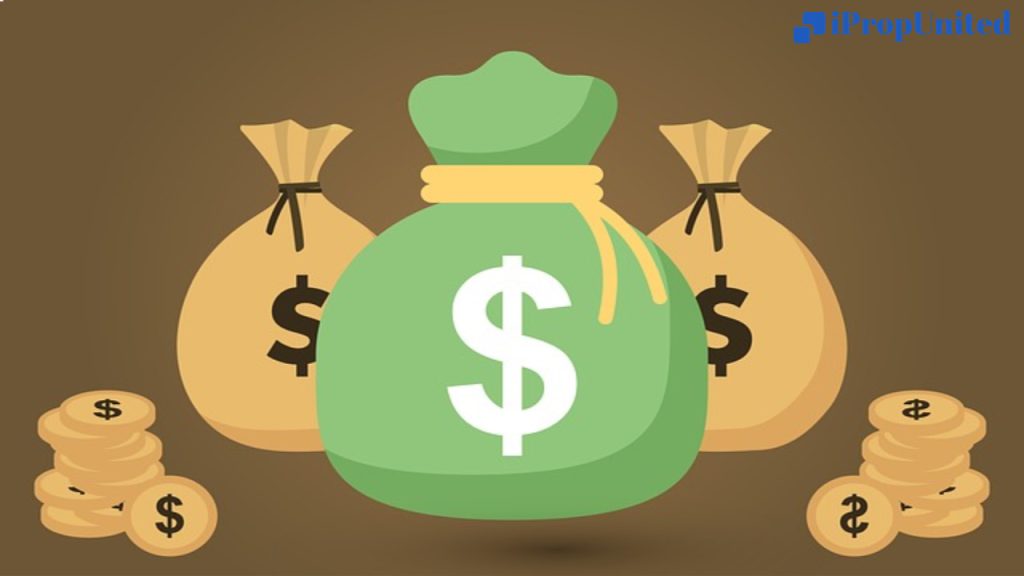What is money supply?
The total amount of money that is in circulation in an economy on any given day is known as the “money supply.” It comprises every single note, coin, and demand deposit that the general public holds on each day.
But it excludes the money held in banks and other financial institutions. The economy is not actually using this amount of money in transactions.

In the economy, there are many significant sources of money supply. They are the ones who produce the money and are in charge of how it is distributed throughout the economy.
They are:
- The government is responsible for the production of all coins, including the one rupee notes.
- The Federal Reserve Bank of India (RBI) is the sole issuer of coins and paper money.
The total amount of money in the economy at any given time is known as the money supply.
The cash supply is measured by economists because it is closely related to the economic activity that is taking place all around us. The addition of funds increases the value of the economy.
Components of Money supply
These are the components of the money supply –
Currency with the people
Whether it is in the form of coins or currency notes, the money supply includes the money that the general public holds. Money is a form of exchange used to buy and sell goods and services. The government issues the currency, which is accepted as payment at face value.
Demand deposits (DD) with banks
A DD account (DDA) is a checking account that allows unannounced withdrawals of money at any time. The funds that are invested in DDAs earn interest. Savings and checking accounts are the most typical types of DDAs.
Time Deposits
These are certificate of deposit (CD) accounts that pay interest and have a predetermined maturity date. To earn the specified interest rate, the money must be kept in the bank account for a specified amount of time. These bank accounts typically offer higher interest rates than Daily or Current accounts. In essence, a CD offers you greater returns than a current account while carrying a lot less risk than an investment. There are two different types of bank accounts that pay interest:
Fixed Deposits (FD)
A FD account requires a constant sum for a strict amount of time. FDs are the most secure type of investment.
Recurring Deposits (RD)
An RD account is another variant of a time deposit account. Customers fund these bank accounts over an extended period of time with fixed sums that are added in small parts.
FDs and RDs require no additional work after your initial investment, even though more traditional investments like stocks and mutual funds can yield a higher return.
Significance of the money supply
As it rises, interest rates fall. This leads to increased investment, which puts more money in the hands of consumers. This process encourages spending.
Who manages the money supply?
By increasing or decreasing the monetary base, the central government bank controls the availability of currency. The Reserve Bank of India (RBI) is the country’s central bank.
What is the source of money supply?
The central banks of all countries have the authority to issue currency. As a result, in all countries, the central bank is the primary source. In effect, financial institutions facilitate the supply of funds, whereas monetary authorities issue currency and serve as the source of all other types of monetary instruments, such as currency notes and coins.
What happens when funds increase?
An increase in supply has a variety of impacts, including:
Positive: A higher money supply reduces interest rates, which encourages investment. It increases consumer access to additional funds, which encourages spending.
Negative – Opposite effects occur when cash availability or growth rate falls.
Measures of Money supply
The Reserve Bank of India introduced money supply measures in India. It consists of four parts:
Reserve Money (M0): Also known as High-Powered Money, the monetary base, base money, and so on.
M0 = Currency getting Circulated + Deposits with RBI + Other deposits with RBI.
It is the economy’s monetary base.
Narrow Money (M1):
M1 = Currency with public + DDs with the Banking system (current account, saving account) + Other deposits with RBI
M2 = M1 + Savings deposits of post office savings banks
Broad Money (M3)
M3 = M1 + Time deposits with the banking system
M4 = M3 + All deposits with post office savings banks
Importance of Money supply
The expansion of circulating wealth is critical not only for accelerating economic development but also for achieving price stability in the economy.
To achieve development and economic stability, the money supply must be increased.
As a result, an increase in it has a significant impact on the rate of economic growth. It may be able to boost economic growth if kept within acceptable bounds. However, an excessive increase can have the opposite effect.
Therefore, controlling the money supply is essential for long-term economic expansion.
Follow and Connect with us: Twitter, Facebook, Linkedin, Instagram








